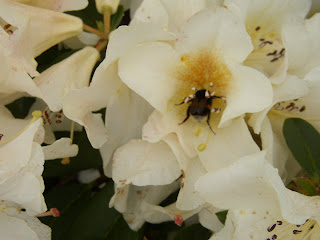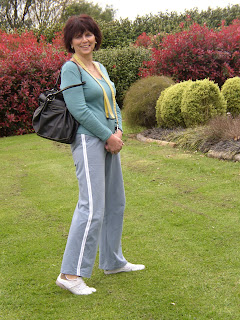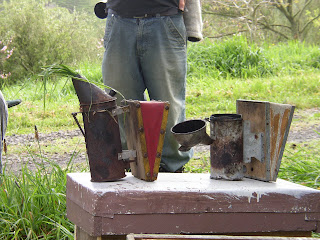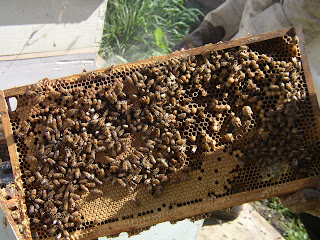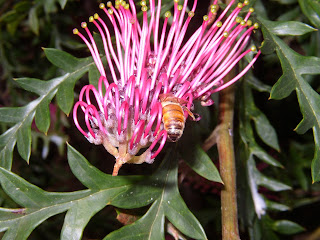 This Australian Grevillia, not sure which one, was covered in bees on a warm spring day. This is one of the many plants grown at Ngaroto nursery, propogated and sold to the public at very low prices compared to the bigger nurseries. I always try and buy from smaller places as I find their plants are usually better cared for and healthier, plus it is supporting a small business. Grevillias grow well here, they don`t mind the heat over summer, being from Australia they thrive on lack of water. They are an excellent source of nectar for the bees and birds such as the Tui, flowering in early spring right through into summer, often when there is not alot of nectar available.
This Australian Grevillia, not sure which one, was covered in bees on a warm spring day. This is one of the many plants grown at Ngaroto nursery, propogated and sold to the public at very low prices compared to the bigger nurseries. I always try and buy from smaller places as I find their plants are usually better cared for and healthier, plus it is supporting a small business. Grevillias grow well here, they don`t mind the heat over summer, being from Australia they thrive on lack of water. They are an excellent source of nectar for the bees and birds such as the Tui, flowering in early spring right through into summer, often when there is not alot of nectar available.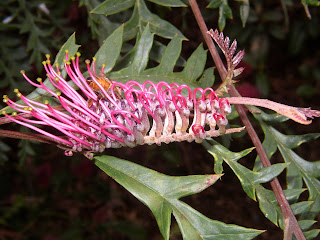
There must have been a bumblebee nest close by as this small, strongly scented Rhododendrum had many small bumblebees diving headfirst into the flowers, emerging covered in pollen ! I love watching bumblebees crash-landing from flower to flower, they look so uncoordinated but really they are proof that nature is amazingly clever - this bee shouldn`t beable to get off the ground let alone fly home with a load of pollen and nectar .. but she does.
